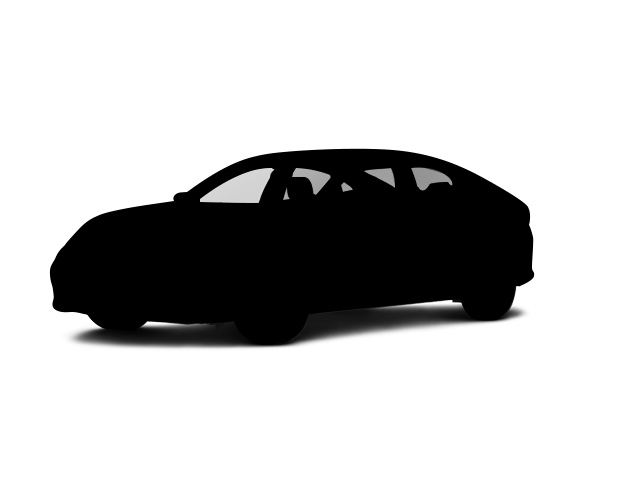© 1999 - 2025Advanta-STAR Automotive Research, all rights reserved. This vehicle comparison and all of the content in it are provided only by license from Advanta-STAR Automotive Research Corporation of America (“Advanta-STAR”). If you are not a legally licensed user of this vehicle comparison, it is against federal law to access it, copy it, forward it, or use it in any manner whatsoever. Any unauthorized use of this vehicle comparison is a violation of U.S. and international law and is punishable criminally and civilly. Removal of this watermark/notification without prior written license and approval received from Advanta-STAR is an agreement, understanding, and/or stipulation by the person(s), entities, agents, attorneys, and any other persons involved in the removal of this watermark/notification (including but not limited to Search Optics, LLC and any and all parent entities, sister entities, and subsidiary entities of Search Optics, LLC and/or any other entity, agent, attorney, and persons related in any manner to Search Optics, LLC) to: 1) an agreed upon amount of liquidated monetary damages of a minimum of $1,250,000.00 US Dollars in favor of Advanta-STAR; 2) the jurisdiction and enforcement of any legal claims associated with this matter asserted by Advanta-STAR in the United States Federal District Court in Portand, Oregon; and 3) service of process of any legal claims asserted by Advanta-STAR associated with this matter may be accomplished by First-Class Postage by the United States Postal Service or comparable service. HCSAI-FD1SE 2a06:98c0:3600::103 2025/08/14
The Tahoe (except LS with front bench seat) has a standard front seat center airbag, which deploys between the driver and front passenger, protecting them from injuries caused by striking each other in serious side impacts. The Sequoia doesn’t offer front seat center airbags.
In a Vehicle-to-Vehicle Frontal Crash Prevention 2.0 test conducted by the Insurance Institute for Highway Safety (IIHS), the Chevrolet Tahoe achieved a “Acceptable” rating - the second highest possible - for its performance in forward collision warning and automatic braking systems, demonstrating its excellent capabilities in preventing collisions. The Toyota Sequoia has not been tested.
Full-time four-wheel drive is optional on the Tahoe. Full-time four-wheel drive gives added traction for safety in all conditions, not just off-road, like the only system available on the Sequoia.
The Chevrolet Tahoe’s rear backup camera has a standard washer for maintaining a clear view under various conditions. In contrast, the Toyota Sequoia does not offer a rear camera washer, meaning its effectiveness relies on manual cleaning by the user when necessary.
Both the Tahoe and the Sequoia have standard driver and passenger frontal airbags, front side-impact airbags, side-impact head airbags, front seatbelt pretensioners, height adjustable front shoulder belts, four-wheel antilock brakes, traction control, electronic stability systems to prevent skidding, crash mitigating brakes, daytime running lights, lane departure warning systems, blind spot warning systems, around view monitors and rear cross-path warning.

